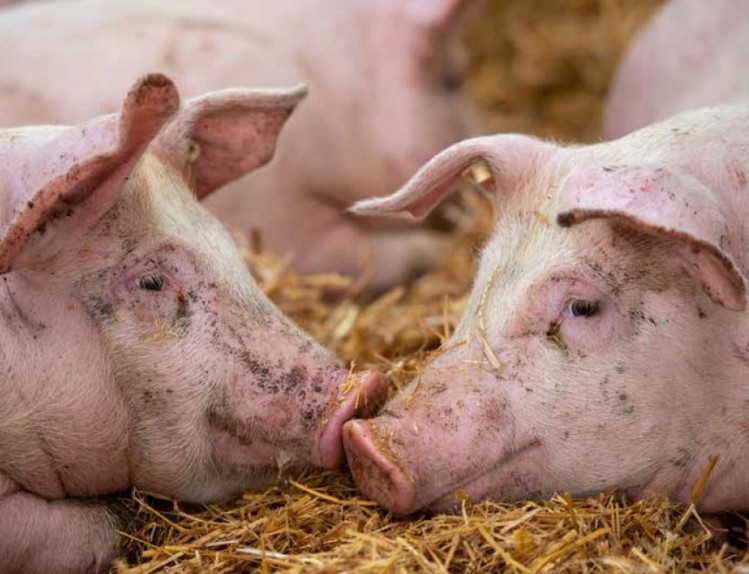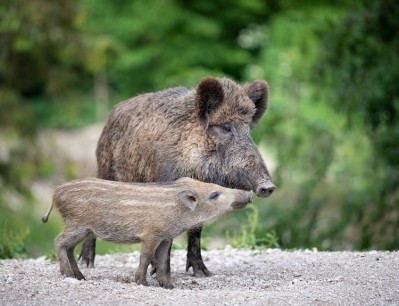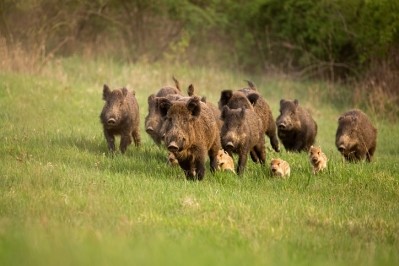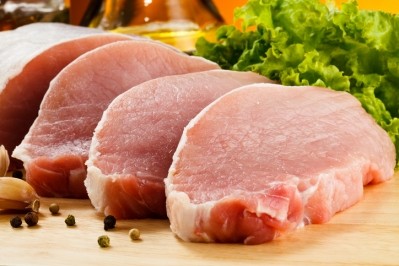Farmers need to be better protected against the risk of ASF

In response to the outbreak, Gallagher insurance, risk management and consulting, has published its Livestock Market Update: ‘The risk of African swine fever in the US and Australia – June 2020’.
Risk management
It reports official figures from China show the national pig herd had declined by 32% year-on-year to July, with an estimated 100 million pigs lost by the end of 2019. While some of the losses will be directly or indirectly linked to the disease itself, the reduction is also being heavily driven by the vast numbers of producers choosing to slaughter their herds and get out of pig farming before the virus gets to them.
“Now, more than ever, companies need a solid risk management programme in place, to deal with the increased risks they are expected to retain, but also to demonstrate to underwriters that proper controls are in place to reduce premiums to an acceptable level,” said Daniel Fairweather, report author and executive director, Livestock, Aquaculture and Fisheries Arthur J. Gallacher & Co. (AJG).
“Although government compensation for ASF is available, there is uncertainty over final valuation of animals, and what costs or losses will be covered. A commercial insurance cover however can provide cover for the full value agreed by underwriters.
“Having a commercial policy also protects against major outbreaks reducing available compensation due to excessive demands on available funds.”
Fairweather added, European farms are widely insured for ASF, and underwriters have already paid a significant loss in the Ukraine, leading to increased underwriter concern and hardening of the market.
Retractions on farm type and location are firmly in place. Given the rapid spread of the disease underwriters are very concerned about taking on more ASF exposure, unless geographically distant from current outbreaks, and biosecurity standards are of the highest possible.
Both the USA and Australia are among the few countries still being considered for ASF cover, however the global insurance market could change quickly, especially if an ASF outbreak occurs within their borders, or the perceived threat levels increase still further. Both market capacity and pricing for ASF could change rapidly.
Complex disease risks
“There are limited markets globally prepared to write complex disease risks, with ASF cover being the most challenging. Given our expertise in the livestock insurance market however, we have managed to secure ASF cover for our clients, with one placement recognised as the largest ASF placement ever for a single client. This involved significant capacity from recognised lead insurers, with following markets sourced from global insurers and reinsurers,” said Fairweather.
“Rabobank forecasted by the end 2019, China’s pig herd would have shrunk by half. Given that it numbered 700 million and accounted for half the world’s pigs before ASF struck in August 2018, the damage the virus is causing is obvious.”
There is no vaccination for ASF and the death rate in pigs can reach 100%. If ASF became established in feral pig populations, it would be extremely difficult to eradicate the disease.
That scenario could happen, says the Australian Animal Health Laboratory’s deputy director, Debbie Eagles.
“If feral pigs were to come into contact with packaging that had held infected material, then it would be possible that transmission could occur in that way,” she said.
The virus can be destroyed by cooking or curing, but it depends on the method used. It is resilient to a variety of curing methods and environmental conditions. Any non-approved product from a host country poses a risk.
The consequences for Australia if the virus took hold are severe. The local pork industry is worth AUD 5.3bn, industry figures say, with 3,700 producers supporting 36,000 jobs.
Asian outbreak
ASF has become rife across the Asian continent, with it being also recorded in North Korea, Vietnam, Cambodia, Laos, Mongolia, Hong Kong and Myanmar.
In Vietnam, a country that was soon infected after China, the virus reached all 63 provinces and over 5 million pigs have subsequently been killed. Adding to this, Rabobank forecasts a 21% reduction in pork production in Vietnam this year, as a result of ASF.
There are now confirmed reports of ASF in European countries that include Latvia, Moldova, Poland and Belgium, with the disease estimated to be just 20 miles from the German border.
Within Europe, ASF has now reached a key pork region in Poland, increasing the risk of disruption in the European Union’s fourth biggest producer. That comes as more cases have recently been reported in the Lubuskie province, which is close to the border with Germany - the EU’s top pork supplier.
The EU has become a crucial supplier of pork to China - where the virus has devastated herds. Those exports could be at risk if the situation worsens.
The World Organization for Animal Health, of which the US is a member of, considers ASF to be a trade limiting foreign animal disease of swine. Countries with confirmed cases are subject to international trade restrictions that aims at reducing the risk of introduction of the disease.
The US has never had a case of ASF and there are strict animal health and import requirements enforced by USDA APHIS Veterinary Services, USDA APHIS Plant Protection and Quarantine and Customs and Border Protection to prevent any form of ASF entry into the US.
The USDA Veterinary Services has also devised a national response plan should ASF be found in the country.
Alarmingly, Cooper Farms veterinarian Don Davidson thinks it is likely that AFS is already present in North America. “It’s probably here already: it just hasn’t made its way to a pig yet,” Davidson told the Agriculture & Policy Outlook Conference at Ohio State University last November.
As recently as last August, the chief veterinary officers of the US, Canada, and Mexico adopted a common strategy for keeping AFS out of North America. Their plan calls for stepped-up surveillance and 'surge capacity' to deliver resources to any location on the continent, should a breakout of ASF occur.
The USDA says if ASF does reach the USA, it will have a “significant impact on US livestock producers, their communities, and the economy.”
























